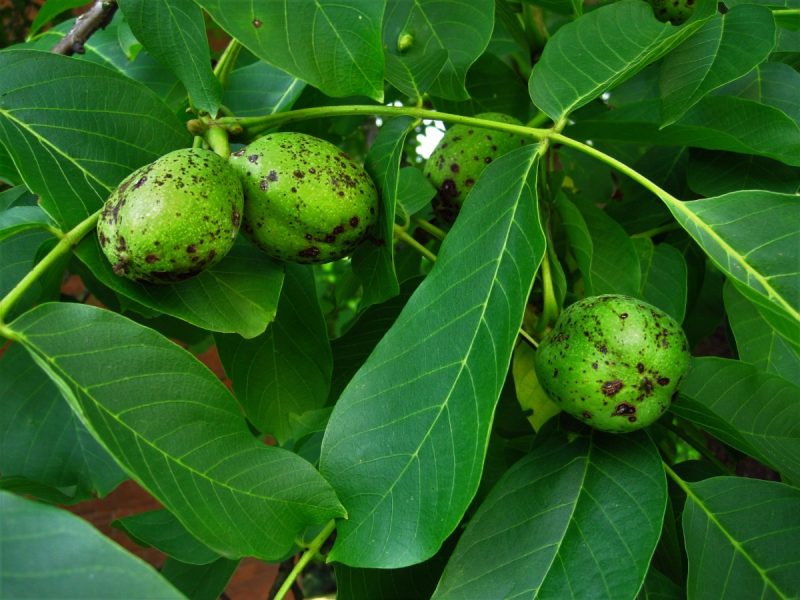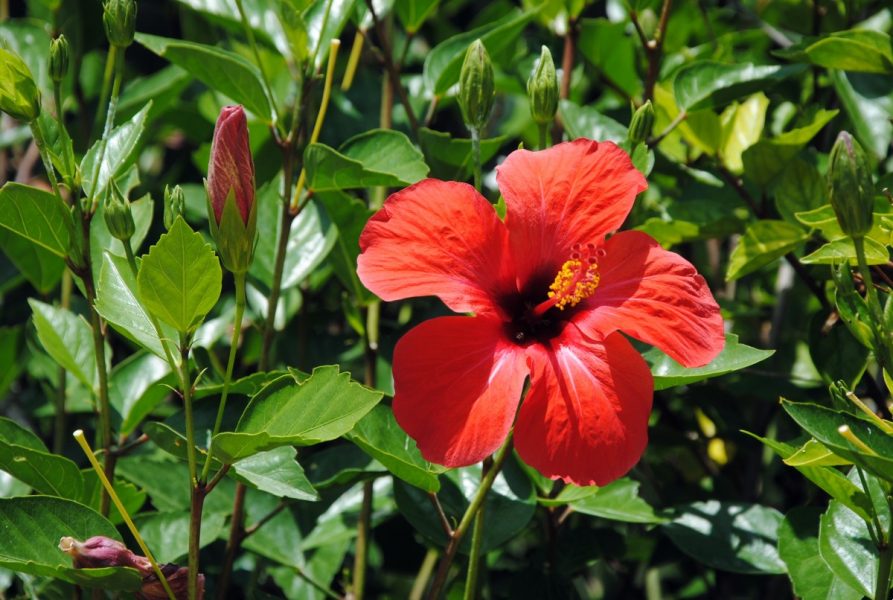
How a shrub became part of a family tree

Reading a recent book about a tree’s sentience and its association with a family compelled me to think about the various kinds of indispensable trees in Indian households. Although I am an avid advocate of plants that bear green foliage, I am also biased towards flowering plants and trees in household compounds. Due to my father’s transferable job, I have witnessed mango and guava trees in orchards of families living in suburban areas of hot plains of the Ganges and in the precincts of the universities I studied in. The fruit trees growing at someone’s home became the pride of the entire locality when they bore fruits, and the postman or a new person trying to locate the house would identify it with that tree.
On the other hand, the trees standing in campuses of the institutions were tagged by their botanical names, consisting of their genus and species, and an old eucalyptus or mango tree landmarked some departments at various institutions. One such mango tree stood in the centre of my school on which the school bell hung. Each barrack or class could see the person who rang the bell when any particular class started or ended. Nothing was electronic back then, but everything was remarkably premeditated by him.
Also read: Where the stones speak to us: How Hampi conquered my mind and memory
The trees that became a part of a family or an institution included not only perennial fruit trees, but also big shrubs and flowering plants. After my father’s retirement, we moved to the hill state of Uttarakhand where hibiscus shrubs are an inevitable part of every household. The large crimson trumpets of these flowers adorn everyone’s boundary walls and hedges. Perhaps the bright silver sunlight in this region supports its growth in the wilderness, too. Frangipani is another prominent flowering shrub that is abundant here. One can witness the modest yellow whorls peeping from walls of compounds in spring and diffusing a mildly pleasant scent in the air. At the hour of eventide or in the morning, one can see frangipani whorls strewn on streets or sidewalks.

Also read: How Taipei became Netaji Subhas Chandra Bose’s final port of call
At high altitudes in this state, lemon shrubs and walnut trees are an indispensable part of unkempt gardens along with stinging nettles. Various lemon species such as citrus limon and citrus pseudolimon are endemic to the state. Realising its epicurean importance, I too planted a lemon tree at my mother’s home and it has started bearing fruits this year.
Another prominent tree on hill households is walnut. One such tree grew at my grandmother’s place and its giant canopy overarched above the roofs of five to six stone houses. It produced a copious quantity of walnuts that could suffice dry-fruit supplies for nearly four to five families in one season. It was aged 150 years when snow struck it during an inopportune winter, and it became a leafless silhouette of wood afterward. The tree witnessed my childhood and adolescence — and also of my sister and cousins — when we all collected at that ancestral house during our summer vacations. Indeed, any tree or a shrub as a household member not only has an aesthetic significance, it also acts as a guardian for various generations in a family.
Gunjan Joshi is an editor in a publishing house and a literary critic. Bliss for her is the soft rustle of cedar trees, reading a classic hardback in a quaint coniferous forest, essays of Susan Sontag, and sepia-shade movies.

